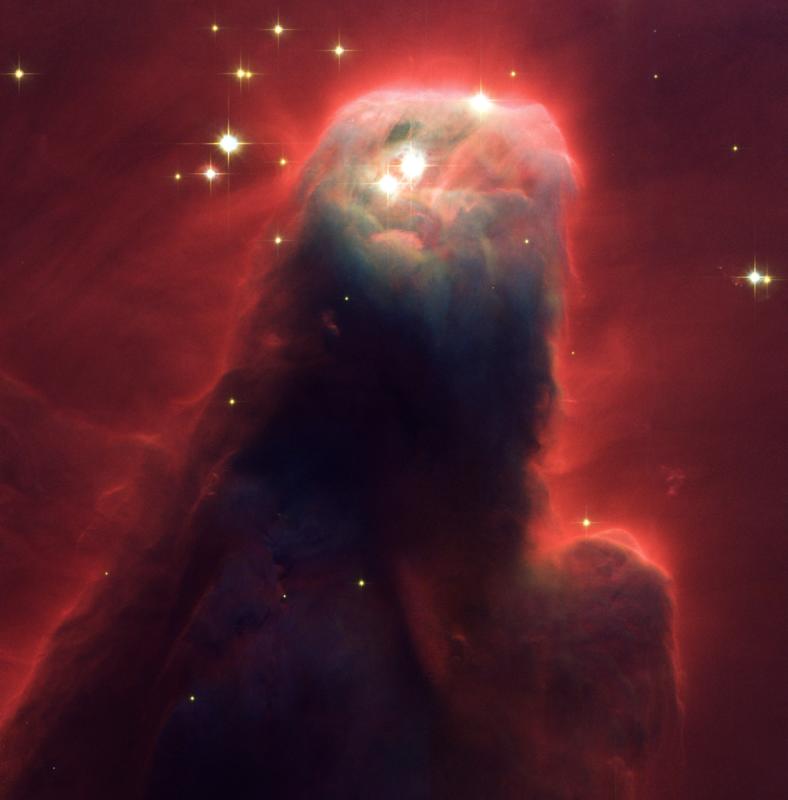Microquasars: Black Holes and Normal Stars an Interesting Mix
By BellatrixAstronomers using two different telescopes and two different systems have started learning about microquasars. They’re learning new things that can then hopefully be applied to full size quasars as well.
A quasar is an extremely powerful, luminous and distant active galactic nucleus. While there was initially some controversy over the nature of these objects, there is now a scientific consensus that a quasar is a compact region surrounding the central supermassive black hole of a galaxy. Quasars show a very high redshift, meaning they are located a great distance from us. Quasars are active because the central black hole is accreting a lot of material. Near the black hole, intense magnetic fields in the disk accelerate material into tight jets that flow in opposite directions away from the hole.
Microquasars is a two-body system consisting of a stellar mass size black hole and a star, usually a red giant. The giant star is feeding material to the black hole. Which, needless to say creates some interesting dynamics. Astronomers have been looking at two systems, Swift1753.3-0127 and GX339-4, with the European Southern Observatory’s Very Large Telescope and NASA’s Rossi X-ray Timing Explorer to study microquasars. Microquasars are not only closer but change more rapidly, so a process that may take a normal quasar a year to undergo might only take a microquasar a few minutes.
Astronomers had thought that the visible light emission coming form microquasars was coming form far out in the accretion disk and thus did not give much information about the main actions going on. However, they were wrong. They now know that the optical and x-ray emission are intrinsically linked, probably by the same immense magnetic fields that hurl material into near light speed jets.
The data shows that light output typically drops just before x-ray output undergoes a large spike. The rapid variations in the x-ray and optical emission must have a common origin. The cool thing about discovering such patterns that stand out amidst chaotic fluctuations of light is that they give us a new handle on understanding the underlying physics. The best candidate is the strong magnetic fields as the dominant process behind it all.
So again what we once thought was wrong, we learned something new, but realize how much we don’t know yet. This data is a new clue about very mysterious and not yet understood systems. We still don’t know exactly what’s going on in these dynamic systems, but we have one more piece of the puzzle.

